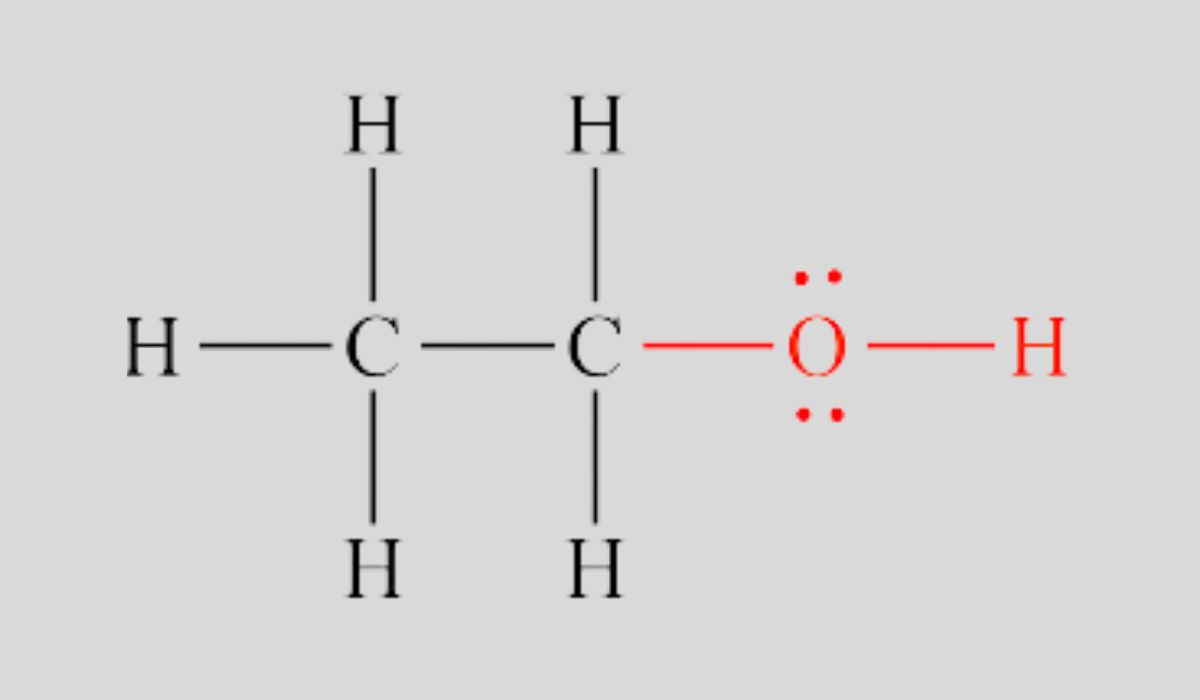The hydroxyl (-OH) group is an important functional group in both organic and inorganic chemistry. One oxygen atom is covalently linked to one hydrogen atom. A molecule’s characteristics and reactivity are dramatically altered by the presence of a hydroxyl group. In this article, we’ll take a closer look at the hydroxyl group to learn more about its makeup, chemical behavior, and practical uses.
Structure and Properties
The electronegative oxygen atom and the polar covalent bond between oxygen and hydrogen give the hydroxyl group’s its polar characteristic. The hydroxyl group’s polarity allows it to create hydrogen bonds with other molecules, altering its behavior and increasing its reactivity.
Chemical Reactions
Multiple chemical reactions include the hydroxyl group’s, making it an important functional group’s in organic chemistry. As a nucleophile, it can take part in addition and substitution processes involving nucleophiles. Dehydration processes, in which a water molecule is removed from the hydroxyl group to make way for a double bond, are also possible. In addition, it can undergo oxidation to produce a wide range of functional groups, including carbonyl compounds.
Solubility and Acidity
A compound’s solubility and acidity are drastically altered by the presence of a hydroxyl group. The creation of hydrogen bonds between the hydroxyl group and the solvent molecules makes compounds with hydroxyl groups more soluble in polar solvents like water. A molecule’s acidity can also be contributed by the hydroxyl group. Alcohols, thanks to the presence of a hydroxyl group, are capable of giving a proton to a base, making them weak acids.
Biological Importance
Numerous biological activities rely on the presence of the hydroxyl group, which is found in nearly all biological substances. Sugars like glucose and fructose rely on it, and so do many amino acids. The presence of the hydroxyl group’s in the structure of DNA and RNA is also important to their integrity and function. In addition, it plays a role in the enzymatic reactions that take place in all living things.
Industrial and Pharmaceutical Applications
The hydroxyl group has many uses in manufacturing and medicine. It’s used to make things like detergents, polymers, and solvents. In addition to its many other applications, ethanol (and other alcohols) are frequently employed as solvents, fuels, and even disinfectants. In addition, the presence of a hydroxyl group’s improves the solubility, stability, and biological activity of many medicinal medications.
Conclusion
The hydroxyl group’s is one of the most useful and widely-applied functional groups in chemistry. Many organic and inorganic compounds rely on it because of its polar nature, its capacity to create hydrogen bonds, and its involvement in different chemical reactions. Scientists and researchers can create and develop novel materials, pharmaceuticals, and chemical processes if they have a firm grasp on the properties and behavior of the hydroxyl group’s.
FAQs
What is a hydroxyl group?
A hydroxyl group (-OH) is a functional group made up of an oxygen atom and a hydrogen atom in a covalent link. There are several compounds, both organic and inorganic, that contain it.
What are the properties of the hydroxyl group’s?
Because oxygen is electronegative, the hydroxyl group’s is polar and can form hydrogen bonds. It affects a molecule’s solubility, acidity, and reactivity.
What chemical reactions can the hydroxyl group undergo?
The hydroxyl group’s can undergo oxidation, act as a nucleophile in processes, and take part in dehydration reactions. In organic synthesis, it can play a role in a variety of processes, including esterification and etherification.
How does the hydroxyl group’s affect solubility and acidity?
Because of hydrogen bonding, compounds with hydroxyl groups are often more soluble in polar solvents like water. Alcohols are a good example of how the hydroxyl group’s may give a molecule an acidic character.
What is the biological significance of the hydroxyl group?
The hydroxyl group’s is an essential part of many biomolecules, including carbohydrates, amino acids, DNA, and RNA. It plays a role in enzymatic activities and helps keep biomolecules stable and working properly.











